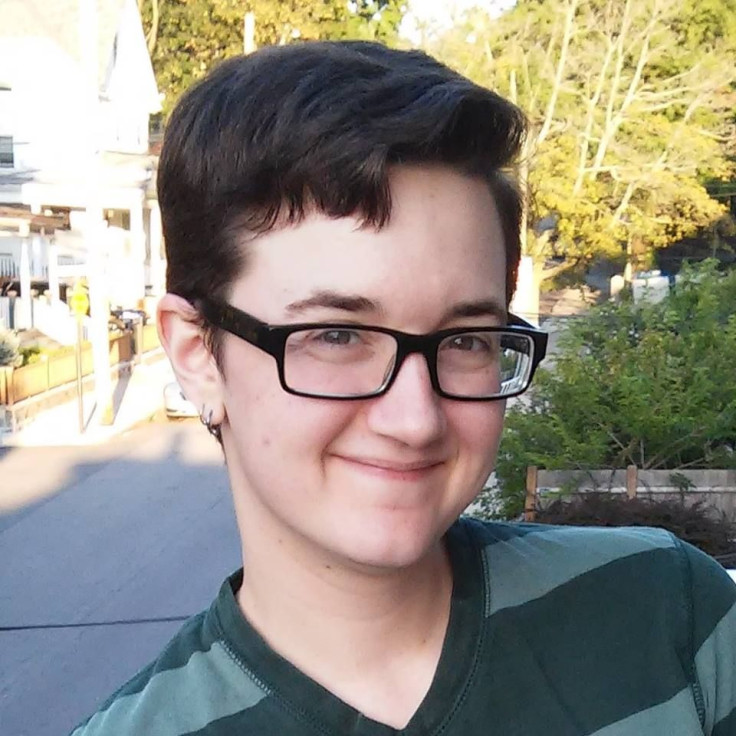'Non-Binary' Writer Has Breasts And Uterus Removed To Better Reflect Gender Neutral Identity

It’s hard to imagine life without the gender binary, but for one Boston-based writer, living life as either gender felt stifling. Lore Graham, who was born female, recently decided to undergo elective surgery to remove both breasts and uterus, and Graham says it couldn’t have been a better decision.
The writer identifies as “non-binary,” a term used when someone does not subscribe to either gender. Graham also prefers to use “ze” in place of “he” or “she” as something more neutral. Having breasts and a uterus misrepresented Graham's inner feelings; ze felt compelled to have two very involved surgeries — a double mastectomy and a hysterectomy.
“I live in my own body, that I’ve customized to better harmonize with my brain, and it’s working wonderfully,” Graham wrote in an essay for xoJane.
Up until now, Graham reports living life as a cisgender woman, meaning ze was born a woman and projected a female presence. But, something about being a girl wasn’t quite right, and Graham did not feel completely transgender either, so sexual reassignment surgery was not the answer.
“I felt weird having breasts and I despised my body’s ability to get pregnant,” Graham said. “I started taking testosterone three years ago, which improved my mental health and boy image but didn’t solve the problem of my chest or uterus.”
So Graham set the surgeries for the summer, scheduling them a month apart. The first consultation ze went to happened in April, where a reluctant doctor finally agreed to perform peri-areolar surgery on Graham. A less typical form of breast removal surgery, a peri-areolar procedure ensures that there will be less scarring while allowing the patient to retain sensation in the nipples. Graham’s partner, Q, has also undergone this surgery and identifies as non-binary.
Before the surgery, Graham admitted to being nervous, worrying that after undergoing such serious procedures there would still be some lingering unhappiness with regard to body image. But ze said that wasn’t the case at all; once ze took one look at the product, ze said ze felt an instant sense of relief.
But, Graham also writes that the recovery process was more difficult than previously thought. Ze was not allowed to lift anything above 5 pounds while uncomfortable drains were inserted in the arm pits — bed rest was a necessity. Graham says that when the drains were finally removed, it was a “horrifically unpleasant” experience. But the weeks of subsequent bleeding and discomfort did not discourage Graham from the next upcoming surgery.
For round two, ze was going to remove the cervix, ovaries, and uterus, but keep the vagina intact. This surgery proved to be successful as well, with Graham reporting less pain than during the first surgery. Graham said there were some complications at first, though; doctors said ze would not be able to leave the hospital until having peed, but for some reason ze was not able to do that immediately. As a result, a catheter had to be put in, but that was just a minor speed bump.
Graham also explains that by taking testosterone, recovery was easier because the body did not experience menopausal symptoms as it usually does after a hysterectomy. Ze also found out that the ovaries the doctor removed had cysts, making Graham even happier that they were out for good.
Graham says that only two months after surgery, the change in quality of life is astounding. Though still lacking nipple sensation, Graham says that not having to deal with a bra and other “chest management” issues is liberating.
Graham also notes that the serious anxiety ze previously experienced is now gone, especially over potentially getting pregnant or a period. Now, having a body that better reflects inner feelings, Graham says that undergoing surgery, regardless of what anyone else says, is the most empowering aspect of all.



























